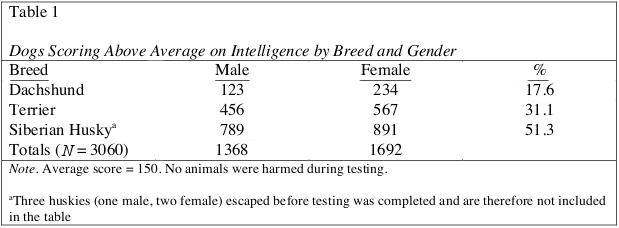

The introduction will end with a brief overview of your study and, finally, your specific hypotheses. When an idea is complex, don’t be afraid to use a real-life example to clarify it for your reader. Next, decide which ideas make sense to present first, second, third, and so forth, and think about how you want to transition between ideas. Then.(etc.)” First, brainstorm all of the ideas you think are necessary to include in your paper. Then Gurglehoff did something-or-other in 1993. In other words, your intro shouldn’t read like a story of “Schmirdley did such-and-such in 1991. Try to organize it in terms of the ideas rather than who did what when.
Your intro should be a logical flow of ideas that leads up to your hypothesis. Although you won’t go into the details of your study and hypotheses until the end of the intro, you should foreshadow your study a bit at the end of the first paragraph by stating your purpose briefly, to give your reader a schema for all the information you will present next. One way to begin (but not the only way) is to provide an example or anecdote illustrative of your topic area. Which ones captured your attention right away? How did the authors accomplish this task? Which ones didn’t? Why not? See if you can use articles you liked as a model. Don’t put your readers to sleep by beginning your paper with the time-worn sentence, “Past research has shown (blah blah blah)” They’ll be snoring within a paragraph! Try to draw your reader in by saying something interesting or thought-provoking right off the bat. Here are some guidelines for constructing a good introduction: The introduction starts out broad (but not too broad!) and gets more focused toward the end. A good introduction will summarize, integrate, and critically evaluate the empirical knowledge in the relevant area(s) in a way that sets the stage for your study and why you conducted it. The introduction of an APA-style paper is the most difficult to write. (Do not label as “Introduction.” Title of paper goes at the top of the page-not bold) Provide overview of method, results, and discussion. State topic, preferably in one sentence. No more than 120 words, one paragraph, block format (i.e., don’t indent), double-spaced. Use the toolbox to insert a page number, so it will automatically number each page. If you make a section break between the title page and the rest of the paper you can make the header different for those two parts of the manuscript).įlush right, on same line: page number. 
(Note: on the title page, you actually write the words “Running head,” but these words do not appear on subsequent pages just the actual running head does. It should not exceed 50 characters, including punctuation and spacing. The running head is a short title that appears at the top of pages of published articles. On the title page, the header should include the following:įlush left: Running head: THE RUNNING HEAD SHOULD BE IN ALL CAPITAL LETTERS.
Create a page header using the “View header” function in MS Word. Title, your name, and Hamilton College are all double-spaced (no extra spaces). Title should be between 10-12 words and should reflect content of paper (e.g., IV and DV). 
The entire paper should be written in the past tense, in a 12-point font, double-spaced, and with one-inch margins all around. The title page, abstract, references, table(s), and figure(s) should be on their own pages. General formatting rules are as follows:ĭo not put page breaks in between the introduction, method, results, and discussion sections. Different types of information about your study are addressed in each of the sections, as described below. Your paper may also include one or more tables and/or figures.
Psychology/Neuroscience 201 V iew in PDF formatĪn APA-style paper includes the following sections: title page, abstract, introduction, method, results, discussion, and references.







 0 kommentar(er)
0 kommentar(er)
